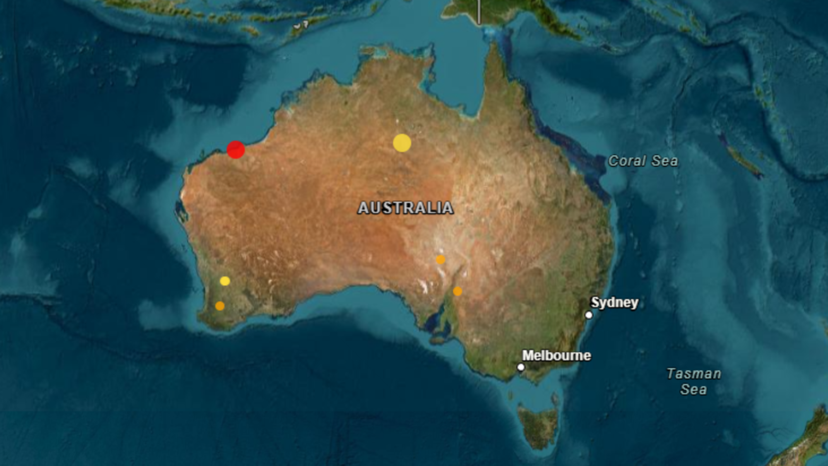The Pilbara region was shaken awake on Wednesday, December 4, as two earthquakes hit near Hedland and Newman in the early morning hours.
But don’t worry, there’s no need to panic – experts say these quakes are uncommon but not unusual for this part of the world.
What Happened?
At 4:49 am, a 3.6-magnitude earthquake was detected by GeoScience Australia near Pippingarra, south of Port Hedland. Later that morning, at 11:05 am, a second 3.2-magnitude earthquake was recorded west of Newman. These earthquakes may have caused some noise and shaking, but fortunately, there were no reports of damage or injuries.

Expert Insight
According to GeoScience Australia senior seismologist Spiro Spiliopoulos, earthquakes in this region are not uncommon. “In the last year, we’ve had 14 earthquakes within roughly 50km of Port Hedland,” he explained. “They’re caused by the stress in the crust, which builds up and is released along fault lines, causing earthquakes.”
The “Big Explosion” Sound
Residents in Hedland took to Facebook to describe the earthquakes, with many reporting a loud “boom” sound. But what exactly causes this noise? “When an earthquake occurs, the elastic waves propagate up to the surface and are turned into sound waves,” Mr. Spiliopoulos said. “If it’s close enough to the surface, these high-frequency sound waves come out and sound like a boom.”
No Tsunami Threat
The Bureau of Meteorology quickly issued a statement on social media to reassure the public that there was no tsunami threat to Australia. So, no need to worry about a tsunami hitting our shores.
Have You Felt the Earth Shake?
GeoScience Australia is encouraging WA residents who felt the earth shake to make a “felt report” via their website (earthquakes.ga.gov.au). This helps them gather more data and better understand the impact of earthquakes on our region.
Overall, while earthquakes can be unsettling, they’re a natural part of living in Western Australia. By staying informed and knowing what to expect, we can all stay safe and sound.

